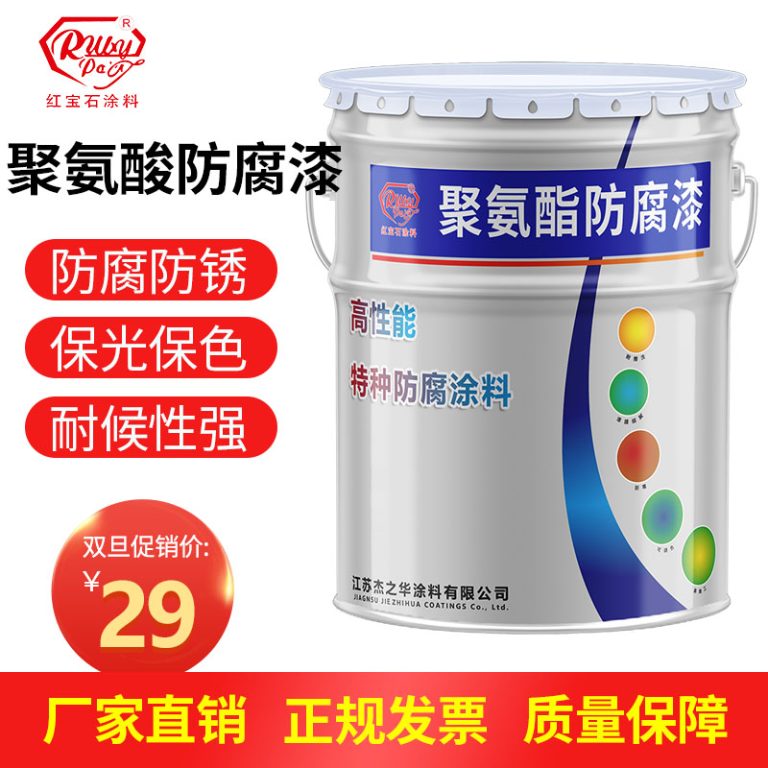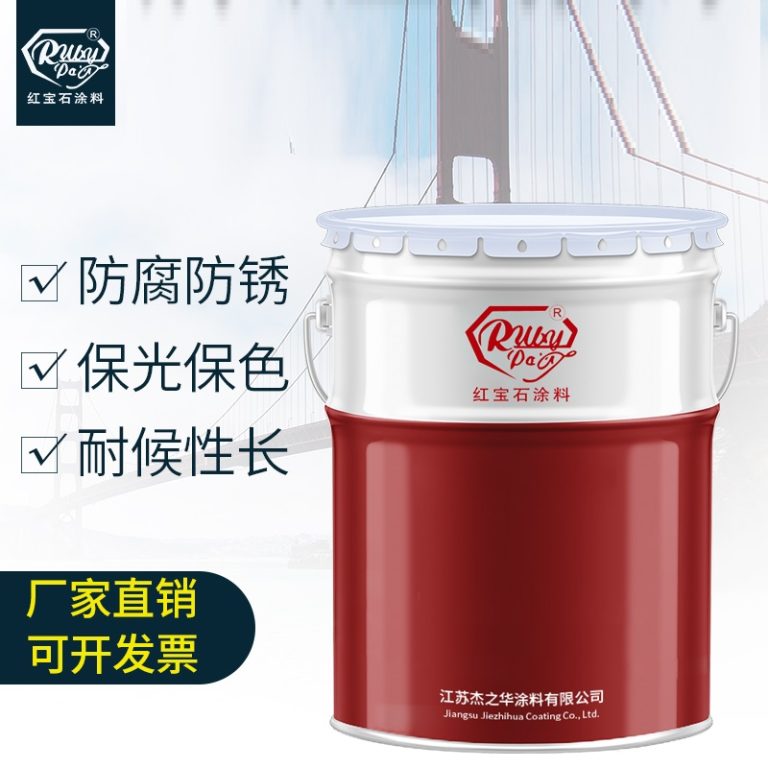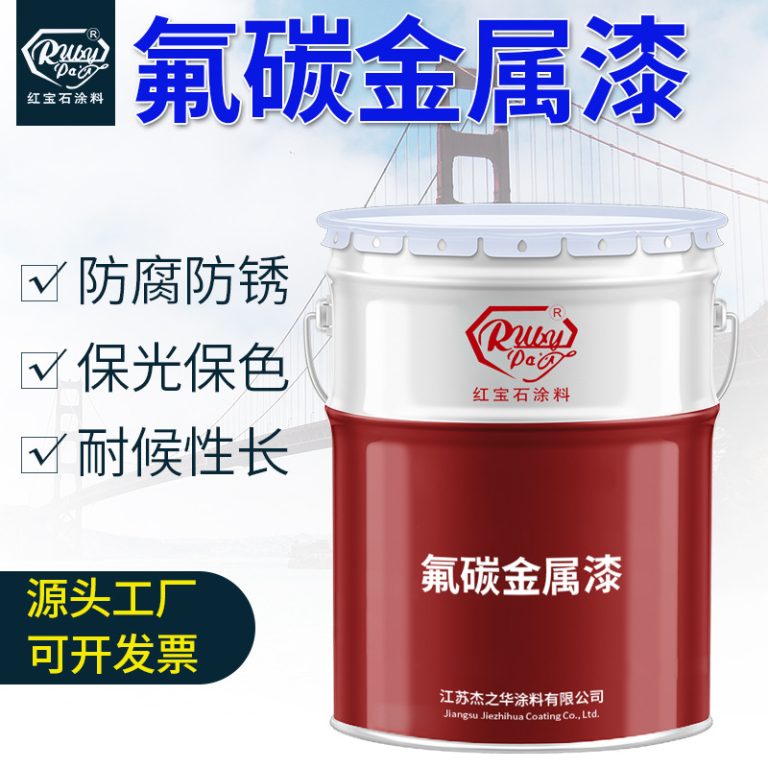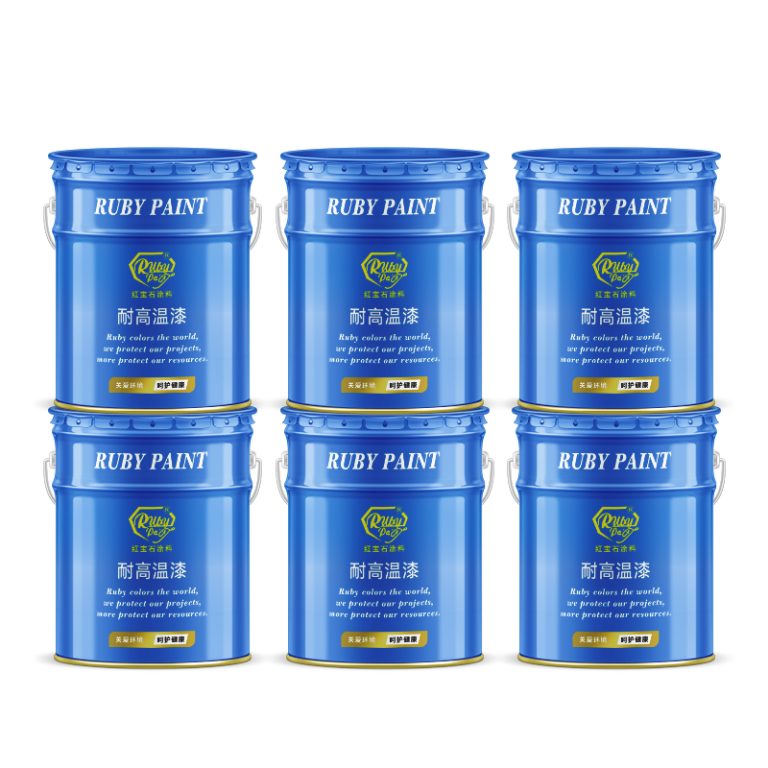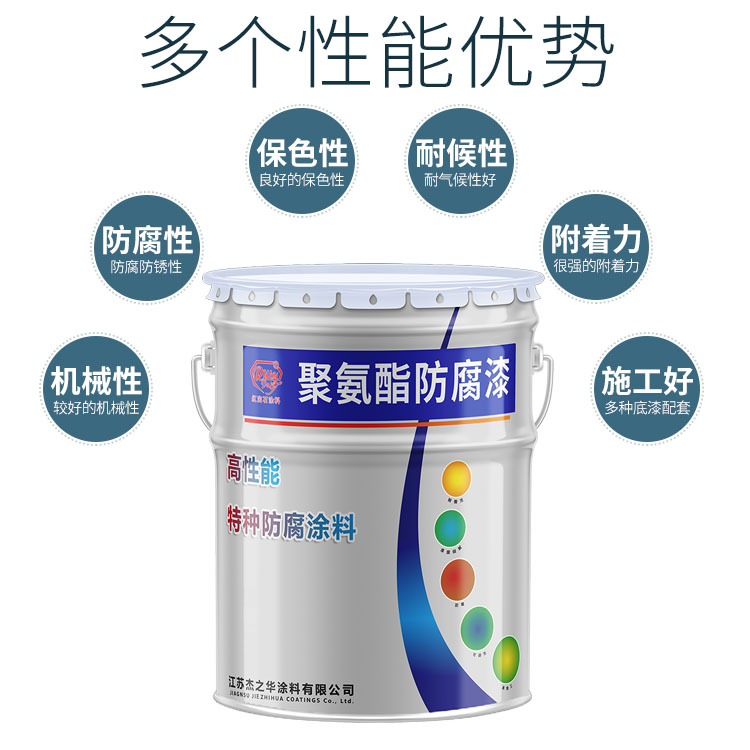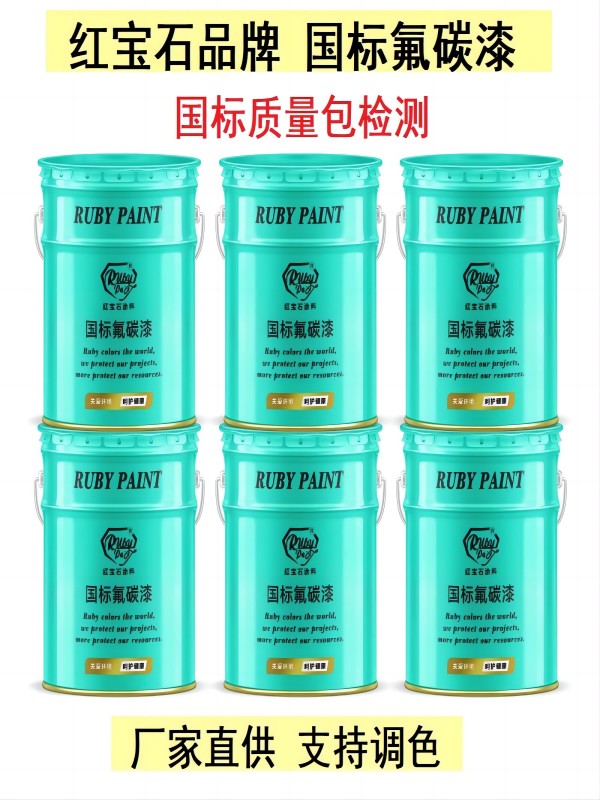Table of Contents
耐久性と性能の比較:フロロカーボンコートとフロロカーボン釣り糸
フロロカーボン釣り糸は、水中での視認性の低さや耐摩耗性の高さなど、多くの利点により釣り人の間でますます人気が高まっています。ただし、フルオロカーボンラインの範囲内では、フルオロカーボンラインとフルオロカーボンコーティングされたラインとの間には区別が存在します。これら 2 種類のラインの耐久性と性能の違いを理解することは、釣り人の成功と全体的な釣り体験に大きな影響を与える可能性があります。
| シリアル番号 | 記事名 |
| 1 | フッ素系塗料 |
フロロカーボン釣り糸は、炭素分子とフッ素分子からなる化合物であるフルオロカーボンのみから作られています。この組成により、水の屈折率に似た屈折率により水中ではほとんど見えなくなるなど、ラインに独特の特性が与えられます。さらに、フロロカーボンラインは水よりも密度が高いため、より早く沈み、ロッドティップからルアーまでのラインをより真っすぐに維持できます。この特性は、より深い水域で釣りをする場合、または正確なルアーの配置が重要な場合に特に有益です。
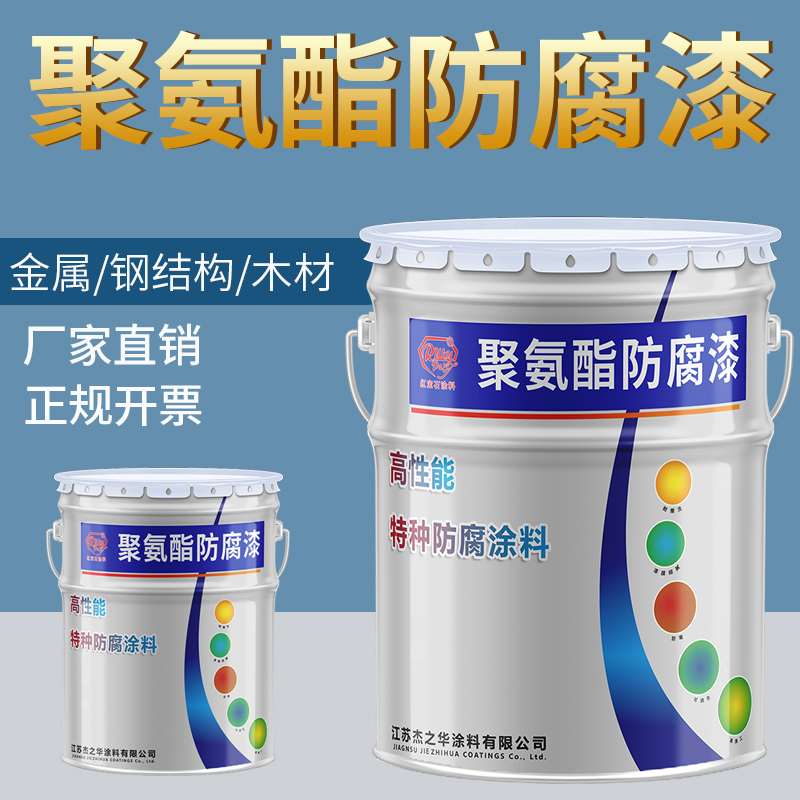
番号
| 製品 | フッ素系プライマー塗料 |
| 1 | 性能面では、完全フロロカーボンラインは優れた感度とより速い沈下速度を提供します。これは、微妙なバイトを検出し、ターゲットの深さに素早く到達するために重要です。フロロカーボンラインには伸縮性がないため、ロッドからルアーへのより直接的なエネルギー伝達が可能になり、フックセット力が向上します。これらの特性により、フルオロカーボン ラインは、フィネスと精度を必要とするテクニックに非常に効果的です。
フルオロカーボン コーティングされたラインは、視認性の低下など、フルオロカーボンのいくつかの利点を提供しますが、感度とシンク率の点でそれほど優れたパフォーマンスを発揮しない可能性があります。異なるコア素材の存在により、ラインの伸縮性と形状記憶性が向上し、釣り人のバイトを感じたりルアーをコントロールする能力に影響を与える可能性があります。 結論として、フルオロカーボン コーティングされた釣り糸とフルオロカーボン製の釣り糸のどちらを選択するかについて、釣り人は考慮する必要があります。彼らの具体的なニーズと釣りの状況。フルオロカーボンコーティングされたラインは、フルオロカーボンのいくつかの利点を備えたコスト効率の高い代替品を提供しますが、フルオロカーボンラインは優れた耐久性とパフォーマンスを提供するため、最適な結果を求める真剣な釣り人にとっては価値のある投資となります。 |
環境影響と費用対効果:フロンコーティング材料と純粋フロン材料の分析
フルオロカーボンコーティングされたフルオロカーボンと純粋なフルオロカーボンの両方を含むフルオロカーボン材料は、耐薬品性、熱安定性、低摩擦などの独特の特性により、さまざまな業界でますます人気が高まっています。ただし、環境への影響と費用対効果を考慮する場合、これら 2 種類の材料の違いを分析することが不可欠です。
フッ素コーティングされた材料は、通常、より安価または耐久性の低い材料で作られた基材で構成されます。フルオロカーボンポリマーの層でコーティングされています。このコーティングプロセスにより、メーカーはより安価な基材を使用することで材料コストを削減しながら、フルオロカーボンの有益な特性を活用することができます。コーティングは保護バリアとしても機能し、製品の耐久性と寿命を高めます。その結果、フルオロカーボンでコーティングされた材料は、フルオロカーボンの特定の特性が必要だが、固体のフルオロカーボン材料の使用が正当化されない用途にとって、費用対効果の高いソリューションとなります。
一方、純粋なフルオロカーボン材料は、完全にフルオロカーボン ポリマーで構成されています。 、ポリテトラフルオロエチレン(PTFE)またはパーフルオロアルコキシ(PFA)など。これらの材料は、耐薬品性と熱安定性の点で最高の性能を発揮します。純粋なフルオロカーボン材料は、化学処理や航空宇宙産業など、優れた性能が重要な要求の厳しい用途でよく使用されます。これらの材料は初期コストが高くなりますが、その寿命と信頼性により、頻繁な交換やメンテナンスの必要性が減り、長期的なコスト削減につながります。
環境の観点から見ると、フルオロカーボン コーティングされた材料と純粋なフルオロカーボン材料の両方に課題があります。フルオロカーボンポリマーの製造には過フッ素化化学物質の使用が含まれますが、過フッ素化化学物質は環境中に残留し、さまざまな健康上の懸念に関連していることが知られています。これらの材料の環境への影響は、その耐劣化性によってさらに悪化します。つまり、環境中に長期間残留する可能性があります。
ただし、フルオロカーボンでコーティングされた材料と純粋なフルオロカーボン材料との間には、環境フットプリントに違いがあります。フルオロカーボンコーティングされた材料は、コーティングが製品の表面の薄い層にすぎないため、通常、全体的に使用するフルオロカーボンポリマーの量が少なくなります。これにより、純粋なフルオロカーボンだけで作られた製品と比較して、環境に流入するフルオロカーボン材料の量が少なくなります。さらに、フルオロカーボン コーティングされた材料は、コーティングによって基材の寿命を延ばすことにより、廃棄物と資源の消費を削減するのに役立ちます。
対照的に、純粋なフルオロカーボン材料は、より耐久性があり、劣化しにくい一方で、フルオロカーボン ポリマーのより多くの蓄積に寄与する可能性があります。これらのポリマーは完全に構成されているため、環境中に影響を与えません。純粋なフルオロカーボンから作られた製品の廃棄は、簡単にリサイクルできず、埋め立て地に何年も放置される可能性があるため、問題が生じる可能性があります。
結論として、コーティングされたフルオロカーボン材料と純粋なフルオロカーボン材料の環境への影響と費用対効果を評価する場合、アプリケーションの特定の要件と、各材料の選択の長期的な影響を考慮することが重要です。フルオロカーボンでコーティングされた材料は、特定の用途に対してよりコスト効率が高く、環境への影響が少ない可能性のあるソリューションを提供する可能性がありますが、純粋なフルオロカーボン材料は、コストと環境上の課題がより高いにもかかわらず、高性能の用途には必要になる場合があります。最終的には、パフォーマンスのニーズ、環境への配慮、コスト要因を慎重に評価して決定する必要があります。
Fluorocarbon materials, including both fluorocarbon coated and pure fluorocarbon, have become increasingly popular in various industries due to their unique properties such as chemical resistance, thermal stability, and low friction. However, when considering their environmental impact and cost-effectiveness, it is essential to analyze the differences between these two types of materials.
Fluorocarbon coated materials consist of a substrate, typically made from a less expensive or less durable material, which is then coated with a layer of fluorocarbon polymer. This coating process allows manufacturers to leverage the beneficial properties of fluorocarbons while reducing material costs by using a cheaper base material. The coating also serves as a protective barrier, enhancing the durability and lifespan of the product. As a result, fluorocarbon coated materials can be a cost-effective solution for applications that require the specific properties of fluorocarbons but do not justify the use of solid fluorocarbon materials.
On the other hand, pure fluorocarbon materials are composed entirely of fluorocarbon polymers, such as polytetrafluoroethylene (PTFE) or perfluoroalkoxy (PFA). These materials offer the highest performance in terms of chemical resistance and thermal stability. Pure fluorocarbon materials are often used in demanding applications, such as in the chemical processing or aerospace industries, where superior performance is critical. Although these materials come with a higher initial cost, their longevity and reliability can lead to long-term cost savings by reducing the need for frequent replacements and maintenance.
From an environmental perspective, both fluorocarbon coated and pure fluorocarbon materials present challenges. The production of fluorocarbon polymers involves the use of perfluorinated chemicals, which are known to be persistent in the environment and have been linked to various health concerns. The environmental impact of these materials is further compounded by their resistance to degradation, which means they can persist in the environment for extended periods.
However, there are differences in the environmental footprint between fluorocarbon coated and pure fluorocarbon materials. Fluorocarbon coated materials typically use less fluorocarbon polymer overall, as the coating is only a thin layer on the surface of the product. This can result in a lower volume of fluorocarbon material entering the environment compared to products made entirely from pure fluorocarbon. Additionally, by extending the lifespan of the base material through coating, fluorocarbon coated materials can help reduce waste and resource consumption.
In contrast, pure fluorocarbon materials, while more durable and resistant to degradation, can contribute to a greater accumulation of fluorocarbon polymers in the environment due to their full composition of these polymers. The disposal of products made from pure fluorocarbon can be problematic, as they are not easily recyclable and can remain in landfills for many years.
In conclusion, when evaluating the environmental impact and cost-effectiveness of fluorocarbon coated versus pure fluorocarbon materials, it is important to consider the specific requirements of the application and the long-term implications of each material choice. Fluorocarbon coated materials may offer a more cost-effective and potentially less environmentally impactful solution for certain applications, while pure fluorocarbon materials may be necessary for high-performance applications despite their higher cost and environmental challenges. Ultimately, the decision should be guided by a careful assessment of performance needs, environmental considerations, and cost factors.

